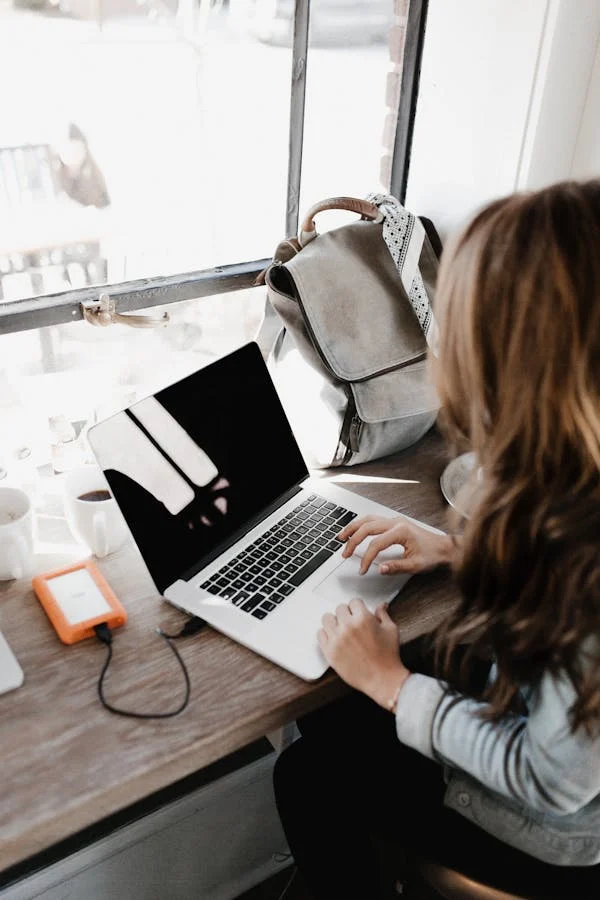Why is My Laptop So Slow? Steps To Fix it; A slow laptop can be incredibly frustrating, especially if it impacts your productivity or entertainment.
There are several reasons why your laptop might be running slow:
-
Too Many Startup Programs
- Many applications are set to start automatically when you turn on your laptop, which can significantly slow down the boot process and overall performance.
-
Insufficient RAM (Random Access Memory):
- RAM is the memory your laptop uses to run applications. If your laptop doesn’t have enough RAM, it can slow down when running multiple applications or even a single resource-intensive program.
CLICK HERE: FOR MORE INFO
- RAM is the memory your laptop uses to run applications. If your laptop doesn’t have enough RAM, it can slow down when running multiple applications or even a single resource-intensive program.
-
Old or Fragmented Hard Drive:
- Traditional hard drives can become fragmented over time, making data retrieval slower. Also, older hard drives generally have slower read/write speeds compared to newer SSDs (Solid State Drives).
-
Too Many Background Processes:
- Background processes consume your laptop’s resources. Many applications run background processes even when not in active use.
- Malware or Viruses:
- Malware and viruses can significantly slow down your laptop by using system resources for malicious activities.
- Outdated Software or Drivers:
- Running outdated software or drivers can cause compatibility issues and slow down your system.
- Overheating:
- Overheating can throttle your CPU’s performance to prevent damage, resulting in a slower laptop.
- Lack of Disk Space:
- Insufficient disk space can slow down your laptop because the operating system needs space to manage files and perform tasks efficiently.
- Old Hardware:
- As software becomes more advanced, older hardware may struggle to keep up, leading to reduced performance.
How to Fix a Slow Laptop
Here are some steps to help you speed up your laptop:
Disable Startup Programs
- Windows:
- Press
Ctrl + Shift + Escto open the Task Manager. - Click on the
Startuptab. - Right-click on the items you don’t need at the start up of the programs and select
Disable.
- Press
- Mac:
Click on Open System PreferencestoUsers and Groups.- Select on the your username, then click
Login Items. - Click on the programs that you want to prevent from starting up and click the
-button.
Closing unnecessary startup programs can significantly improve the booting times and overall performance.
Uninstall Unused Apps
- Windows:
- Open
Settings>Apps. - Browse through the list of installed apps.
- Select the apps you no longer need and click
Uninstall.
- Open
- Mac:
- Click and open the
Finderand select theApplicationsfolder. - Drag the unwanted applications to the Trash, then empty the Trash.
- Click and open the
Why is My Laptop So Slow? Steps To Fix it; Removing unused applications frees up valuable disk space and reduces background processes, helping to speed up your laptop.
Additional Tips
- Upgrade Your RAM:
- Adding more RAM can help your laptop run more applications smoothly and handle more intensive tasks.
- Switch to an SSD:
- Replacing a traditional hard drive with an SSD can dramatically improve boot times and overall system performance.
- Run Disk Cleanup and Defragmentation:
- On Windows, you can use built-in tools like Disk Cleanup and Defragment and Optimize Drives to clean up unnecessary files and optimize your hard drive.
- On Mac, the system manages disk optimization automatically, but you can use third-party tools for a more thorough cleanup.
- Update Software and Drivers:
- Ensure that your operating system, applications, and drivers are up-to-date to benefit from performance improvements and security patches.
- Check for Malware:
- Use reputable antivirus software to scan your laptop for malware and viruses.
- Manage Background Processes:
- On Windows, use Task Manager to identify and manage resource-hungry processes.
- On Mac, use Activity Monitor for the same purpose.
- Keep Your Laptop Cool:
- Ensure that your laptop’s vents are not blocked and consider using a cooling pad if necessary.
- Ensure that your laptop’s vents are not blocked and consider using a cooling pad if necessary.
